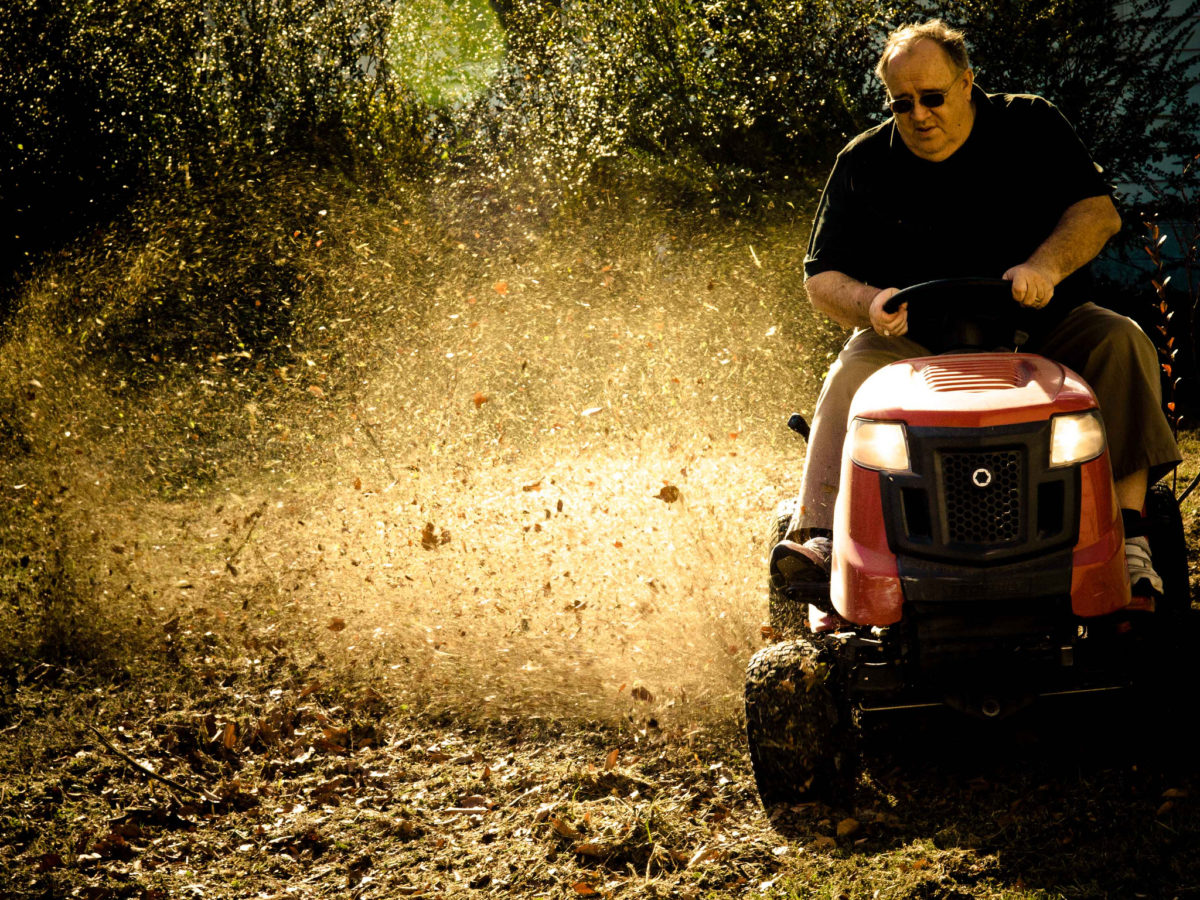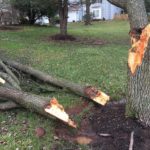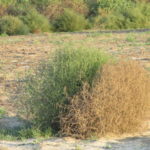
Having second thoughts about mowing your lawn? Visit our Tallahassee, FL lawn services page to see how LawnStarter can save you time.
Tallahassee is a picturesque city that values its natural terrain: the rolling hills; rich red soil; forests of live oak, pine, and magnolia; and the variety of subtropical plants. Perhaps most striking are the long stretches of road completely sheltered by canopies of live oak trees.
Your own private terrain can be as picturesque if you keep your lawn at its tip-top best. One way you can do that is by mowing smart.
1. Mow to the Right Height
A cardinal rule of mowing is to never remove more than one-third of a grass blade at one time. That rule applies to all grass types. What differs is the height that is healthiest for each type.
In Tallahassee, warm-season grasses “live long and prosper” (a nod to the Trekkies out there). They’ll live longer and be more prosperous when maintained at their optimum height. While recommended heights can vary within a species, warm-season grasses in general do best at these heights:
- Bahia: 2.5 to 4 inches
- Bermuda: 0.5 to 2.5 inches
- Buffalo: 1.5 to 4 inches
- Centipede: 1 to 2.5 inches
- St. Augustine: 1 to 3 inches
- Zoysia: 0.5 to 3 inches
If you maintain your grass at the tallest recommended height, particularly during periods of drought, it will develop deeper roots that can reach down to find water. Taller grass also shades the soil, which reduces the evaporation of water and wards off weeds.
But don’t let your grass get too tall. If the grass is too long, it becomes spindly and can provide a comfy habitat for insects, such as lawn grubs and mosquitoes, and mice, voles, and snakes. Also, grass that is too tall is more difficult to mow.
If the grass is too short, there isn’t enough leaf surface to produce the food the grass needs. Also, the grass is susceptible to pests, diseases, and heat damage.
Maintain your lawn at the ideal height, and you’ll be rewarded with lush, healthy turf.
2. Use a Sharp Blade
Photo: Flickr / Casey Fleser
Keep the mower blade sharp. Also, make sure there isn’t grass from the last mowing still stuck on the blade. A sharp, clean blade gives the grass a nice crisp cut. A dull blade rips the grass and opens it up to pests and diseases.
3. Mow a Dry Lawn
Wet grass will not result in that crisp cut, no matter how sharp and clean your mower blade is. Wet blades fall over and clump together. They end up with an unattractive and potentially harmful raggedy cut that attracts bacterial and fungal diseases.
If you absolutely must cut damp grass, coat the underside of your mower with oil or silicone spray.
4. Mow a Shaded Lawn
Photo: Flickr / Matthew Matheson
It gets real hot in Tallahassee, and even the warm-season grass types that love summer get overly stressed when mowed in the hot sun. Mow in the morning or evening when the sun is down or when your lawn is in the shade. Your grass will lose less water and recover from the “trauma” more quickly.
5. Change Direction
Photo: Flickr / Cory Janiak
Vary the direction each time you mow: vertical, horizontal, and diagonal. Your grass will grow more evenly, and you won’t be making ruts in the soil nor compacting it. Weeds love compacted soil.
6. Recycle Your Clippings
The grass clippings will return nutrients and nitrogen to your lawn—unless the clippings are in clumps or rows. Recycling the clippings will cut down on your fertilizer bill, and you’re helping to save the planet. Producing those big plastic bags uses energy. So does hauling the bags to landfill. At the landfill, the pesticides from those clippings are going to eventually seep into the groundwater.
7. Safety First
Photo: Flickr / Tiffany Harkleroad
This tip won’t affect your lawn one way or the other. It’s solely for your health.
Be extra careful mowing a slope. Don’t mow it when it’s wet. Mowing your lawn when it’s wet can cause your grass injury. Mowing a slope when it’s wet can cause you injury. Doesn’t matter if it’s a short slope or small slope—it’s still slippery.
When you’re mowing a dry lawn, push the mower across the slope, not up and down. If the slope is small enough, it might be better to use a string trimmer. And then there’s the easy way out–ground cover.
It’s an unfortunate fact that mowing your lawn can harm it more than help it. The good part is that you can easily change any bad mowing habits you’ve gotten into. You’ll be rewarded with a healthy lawn: green, lush, dense, without weeds and pests.
Have questions about lawn care? Visit our Tallahassee lawn care page or share your thoughts in the comments section below.






![8 Best Cordless String Trimmers of 2024 [Reviews]](https://www.lawnstarter.com/blog/wp-content/plugins/related-posts/static/thumbs/28.jpg)


